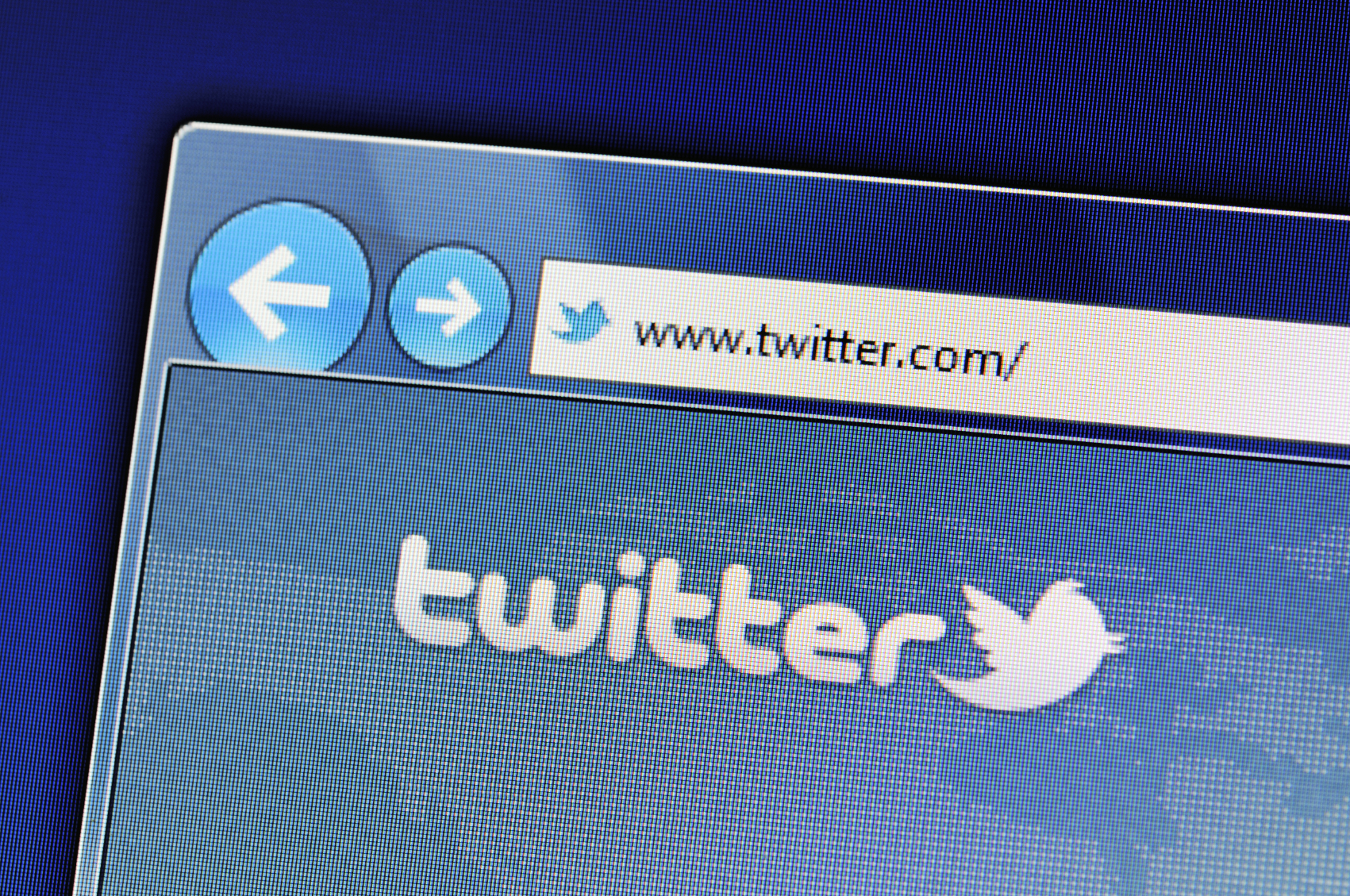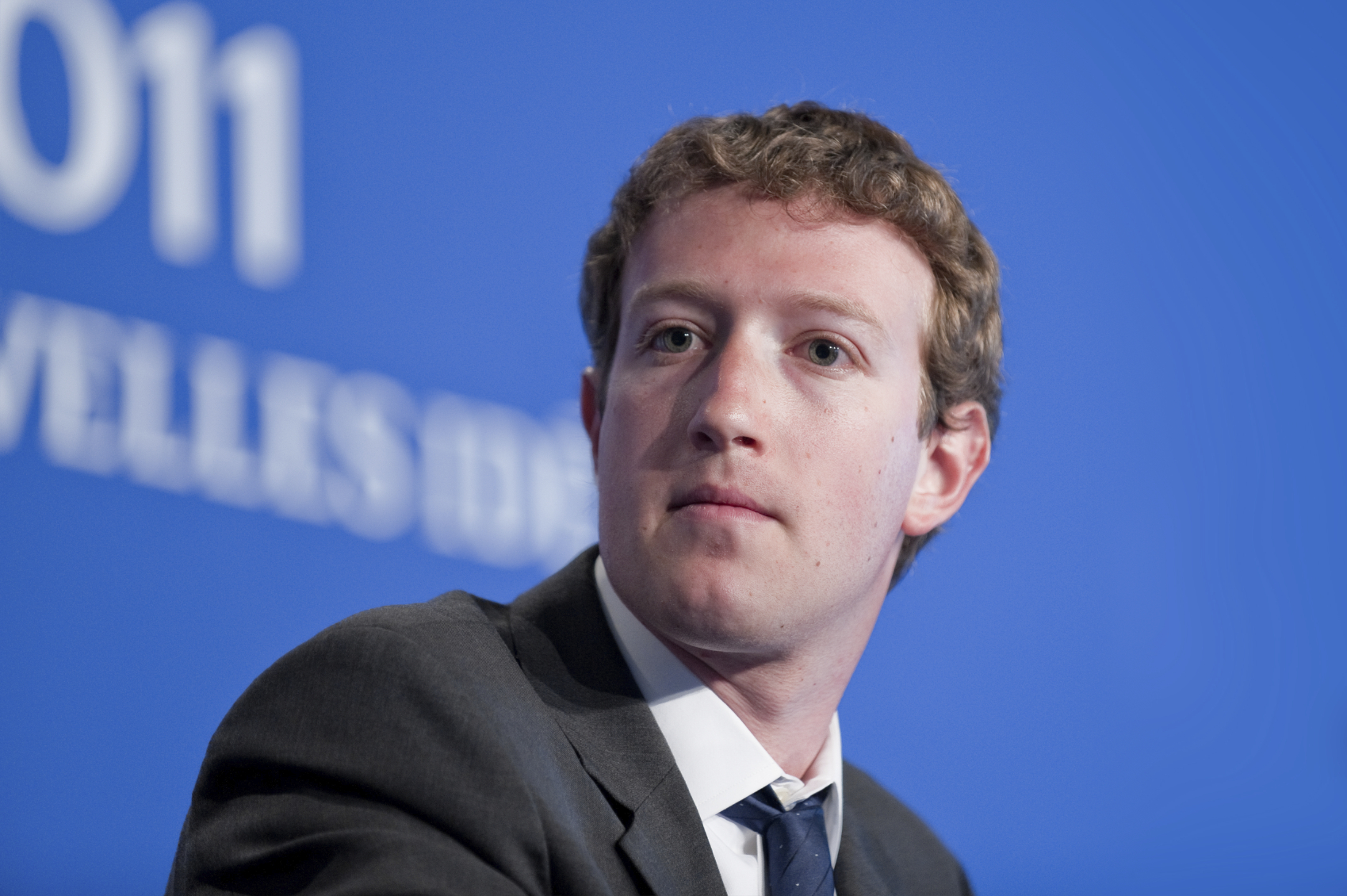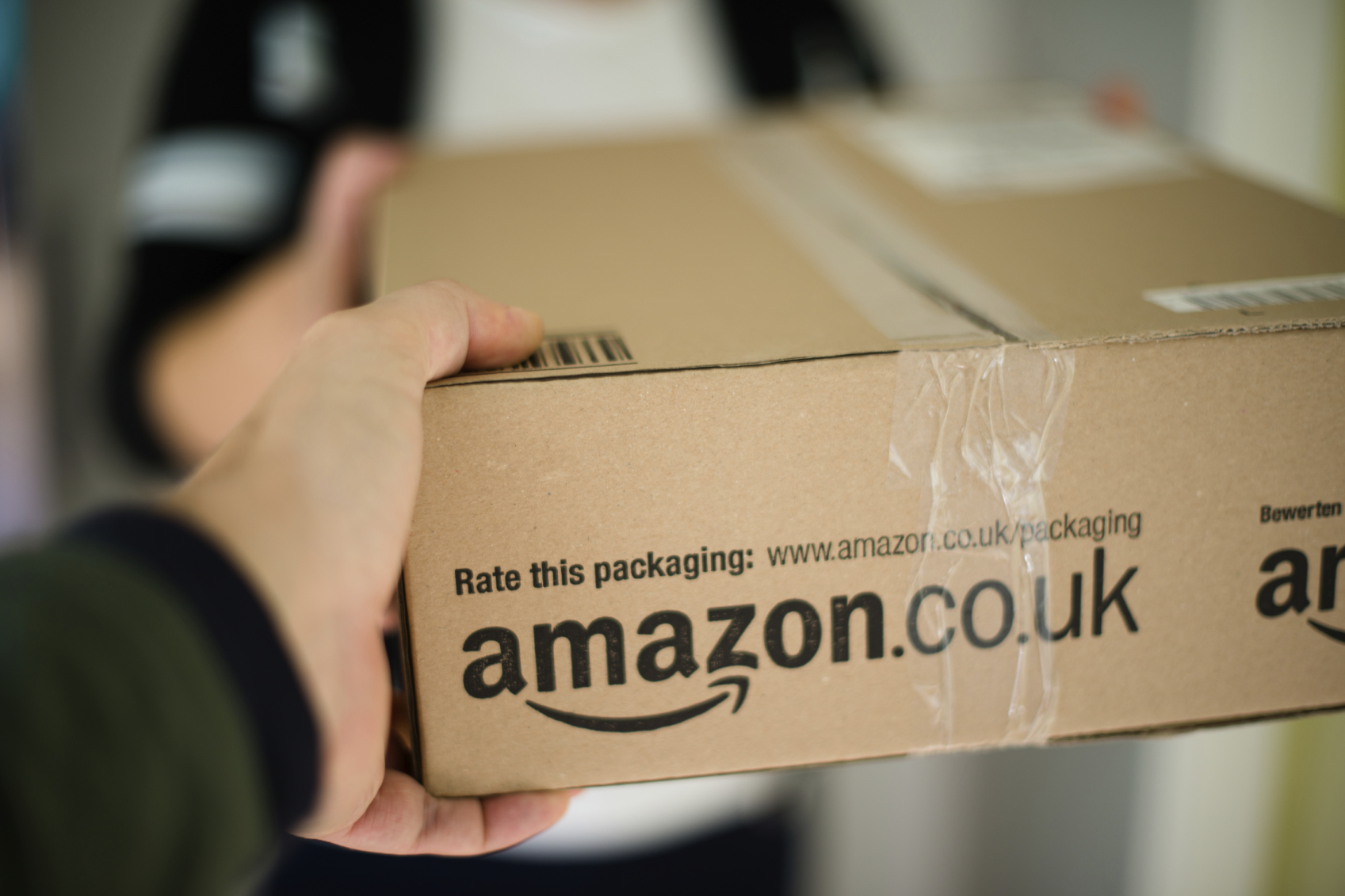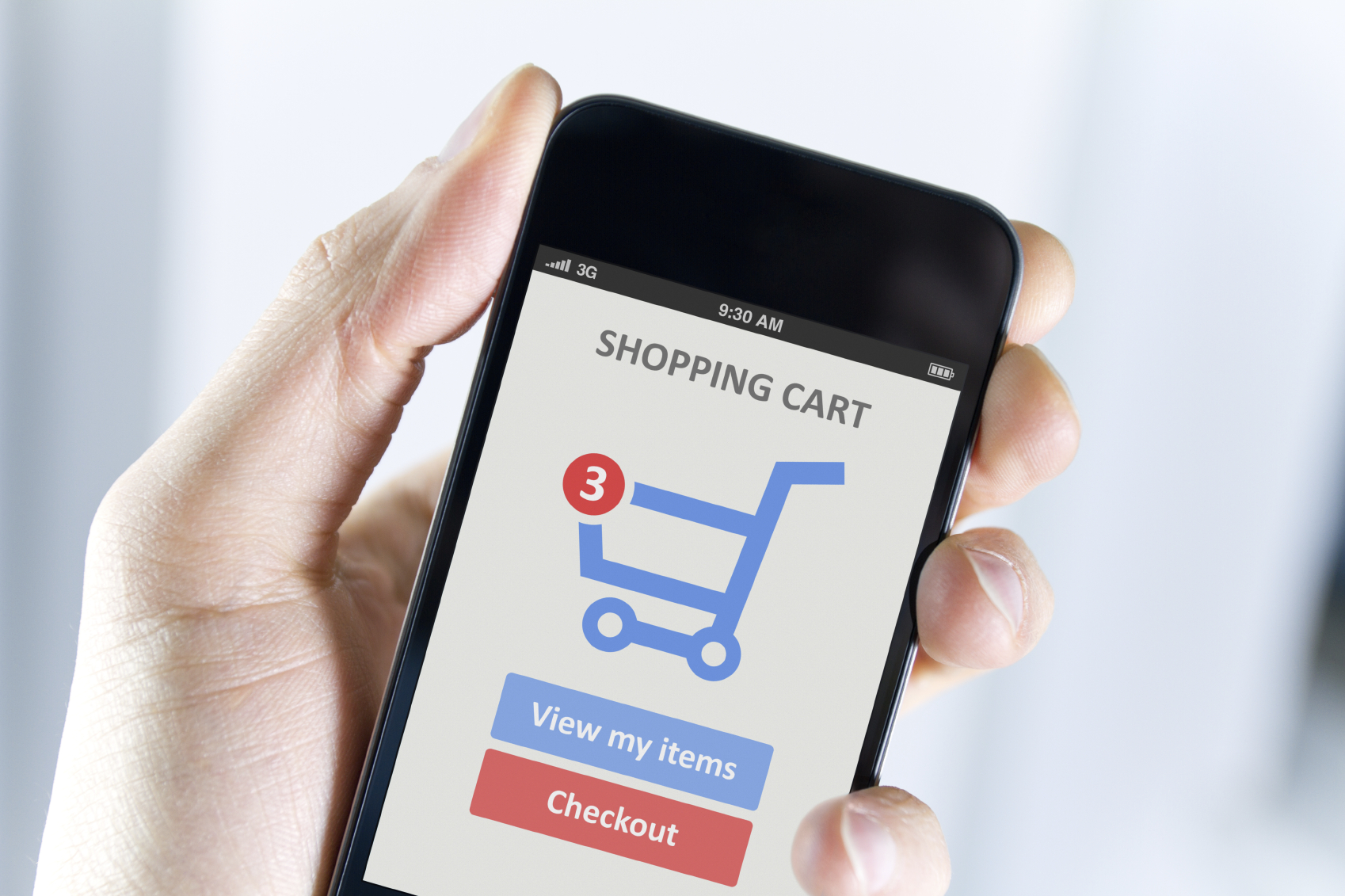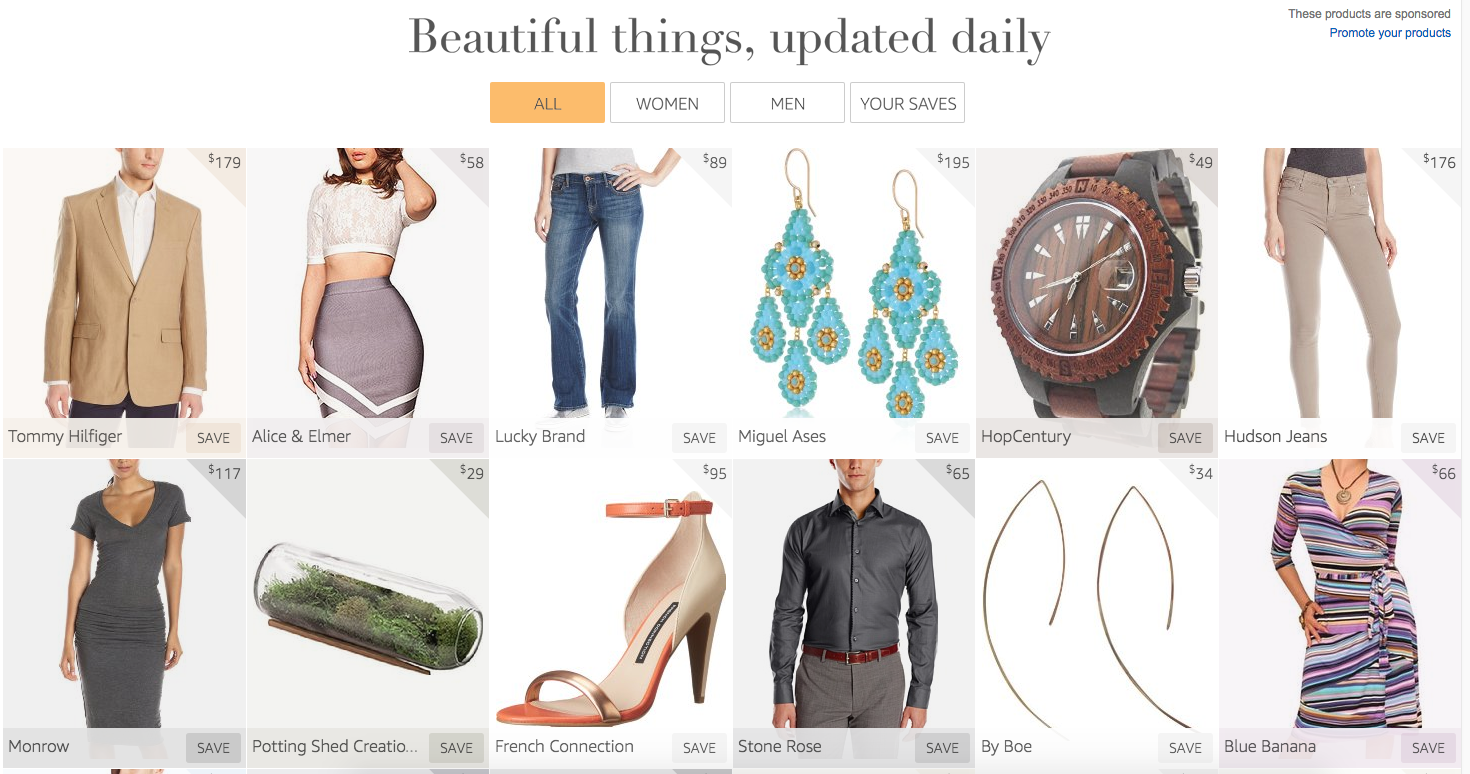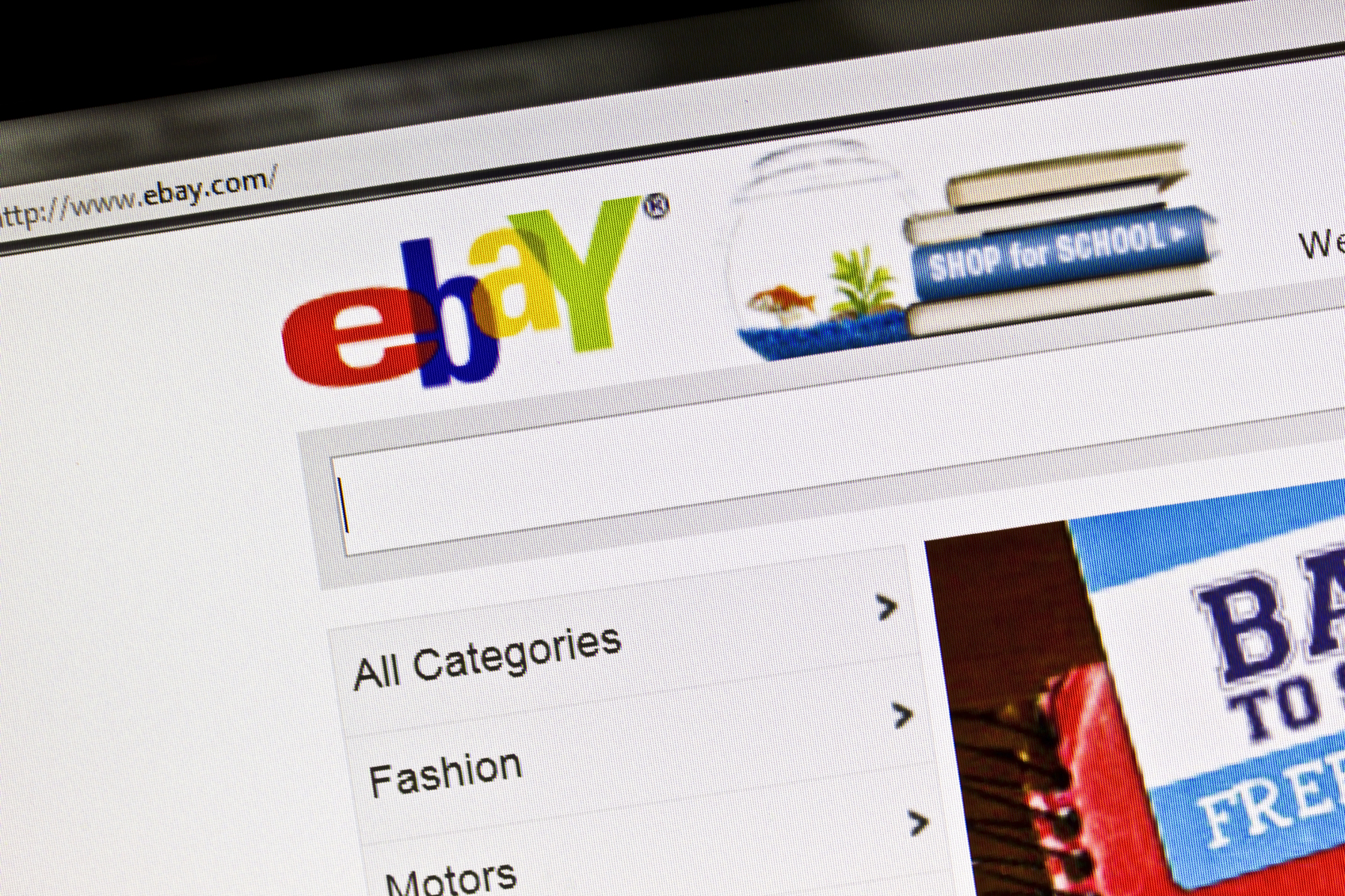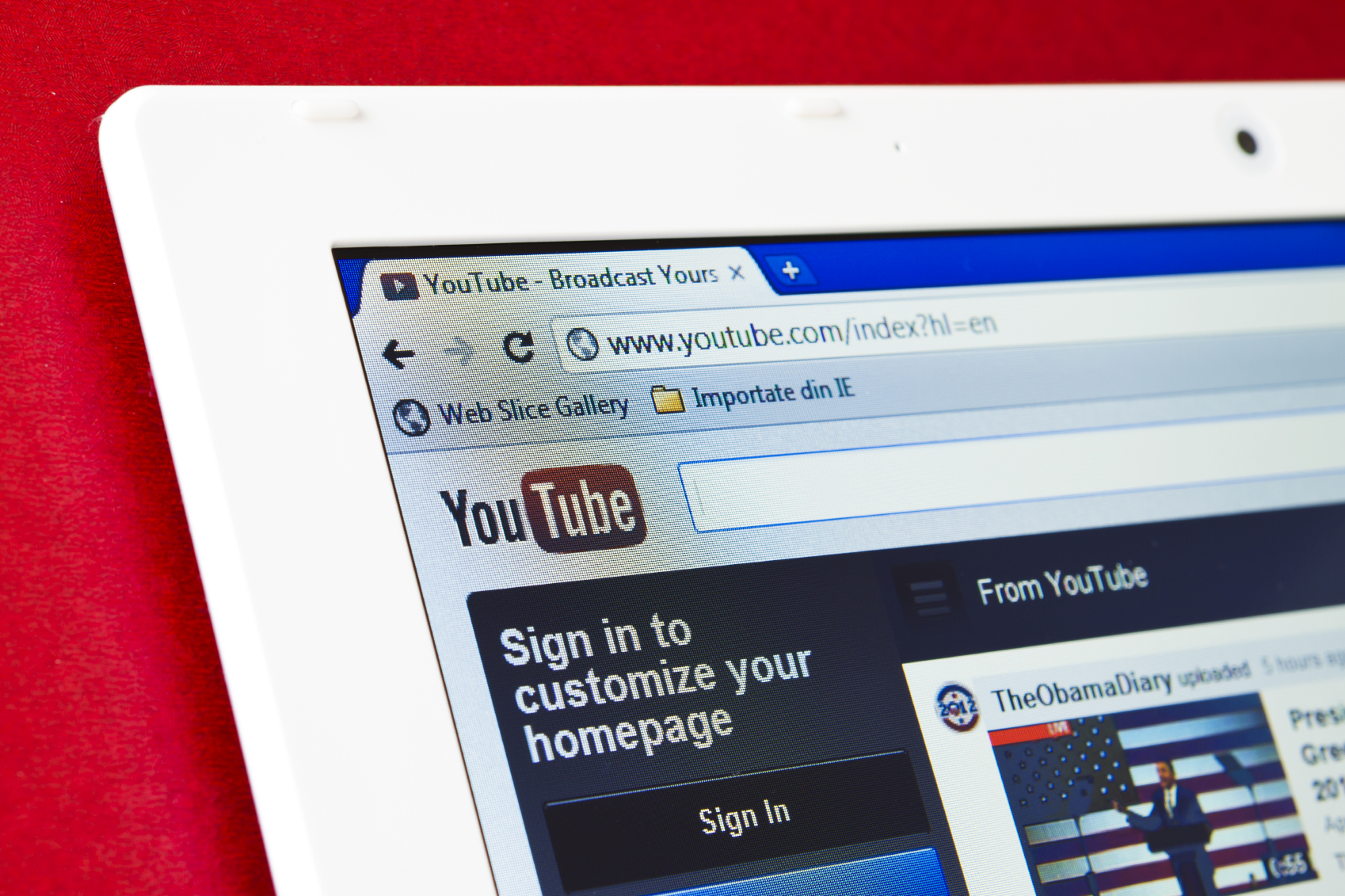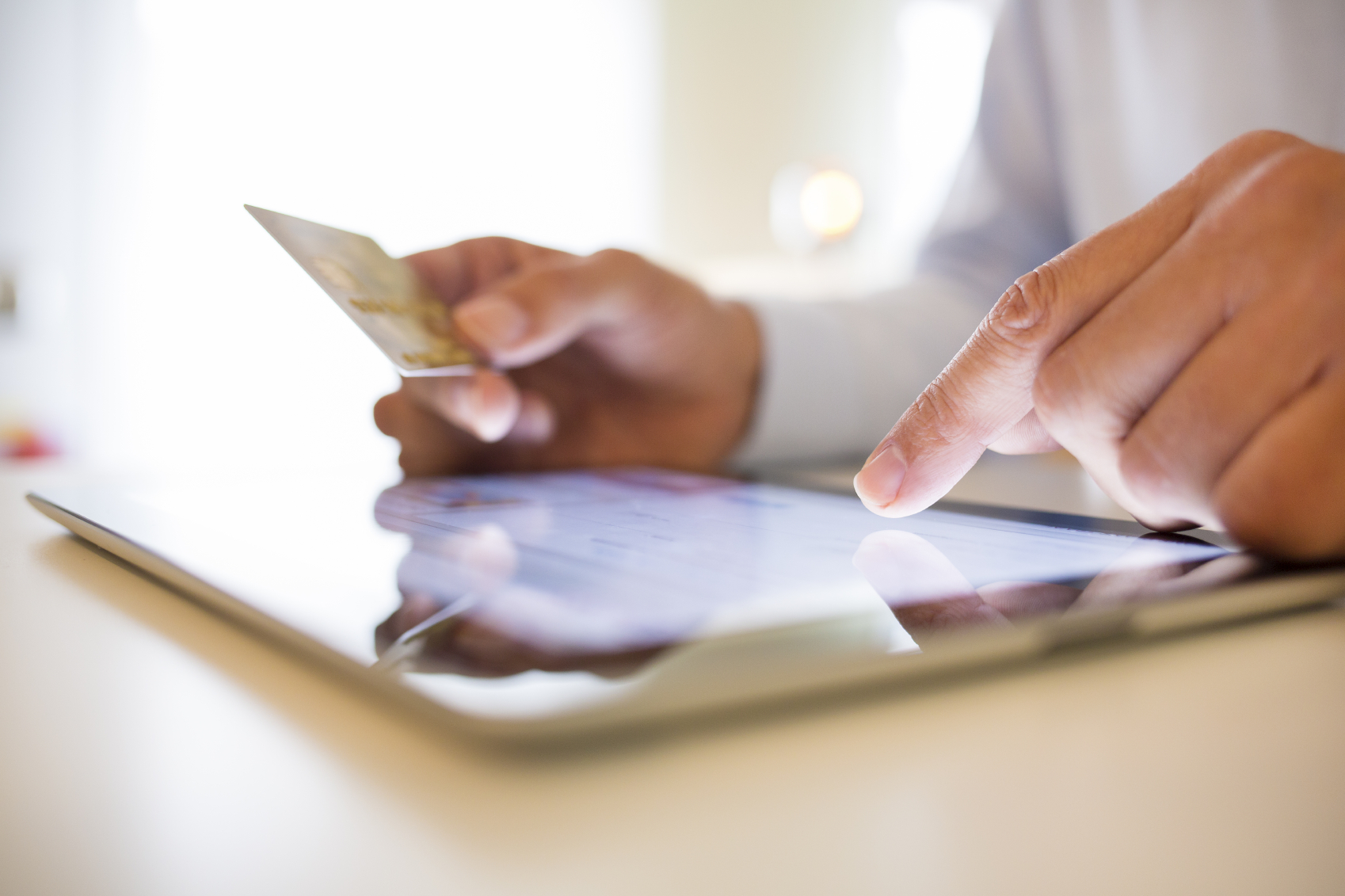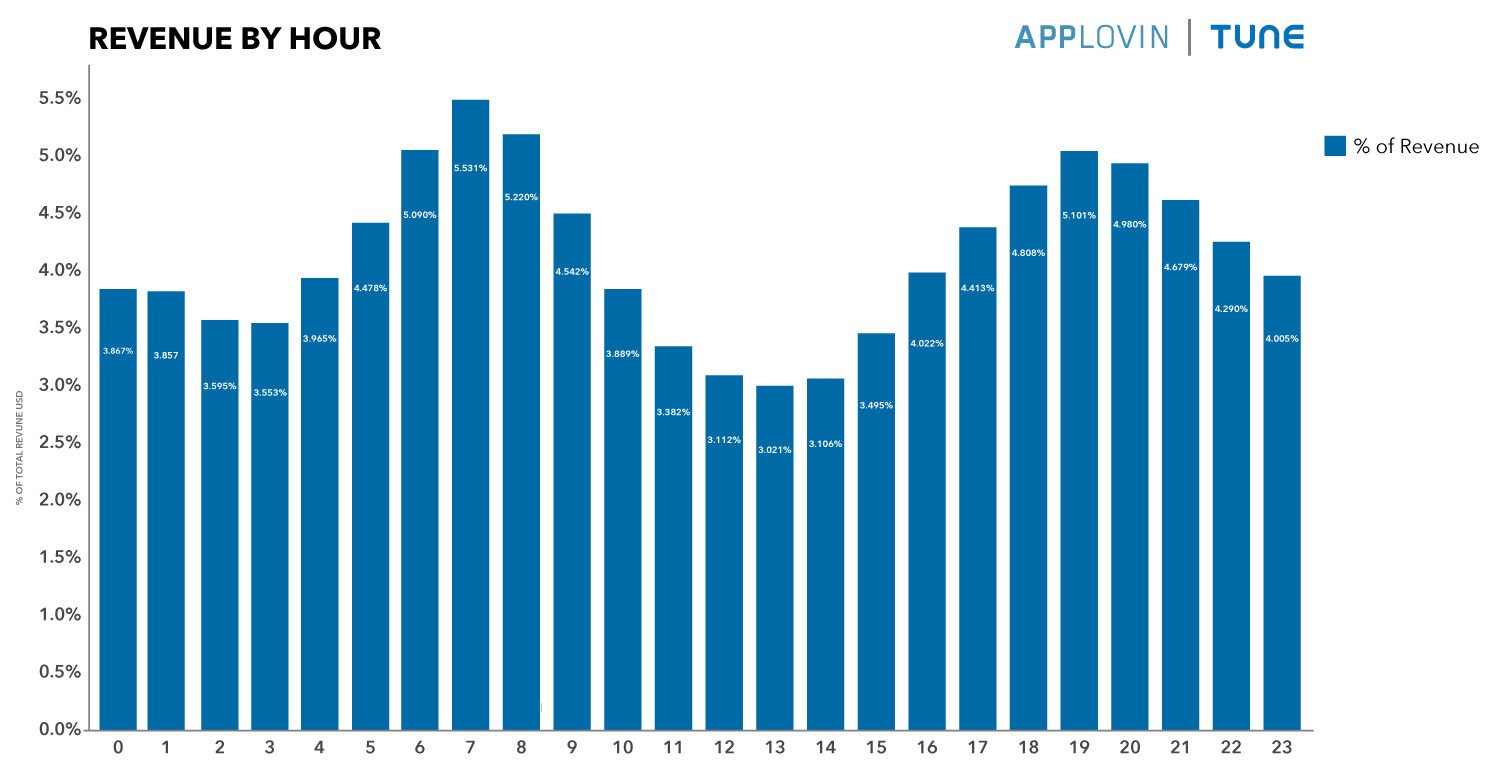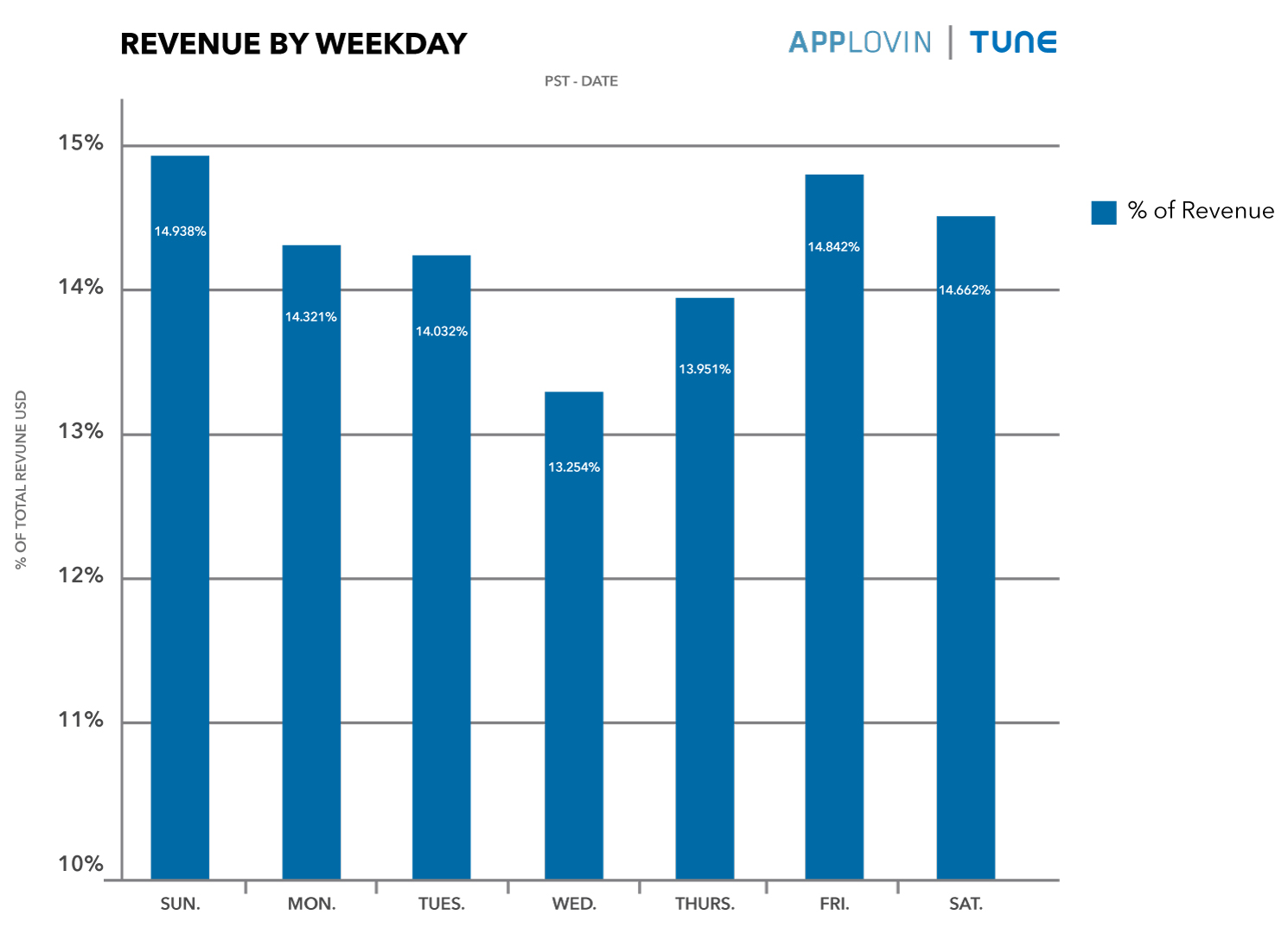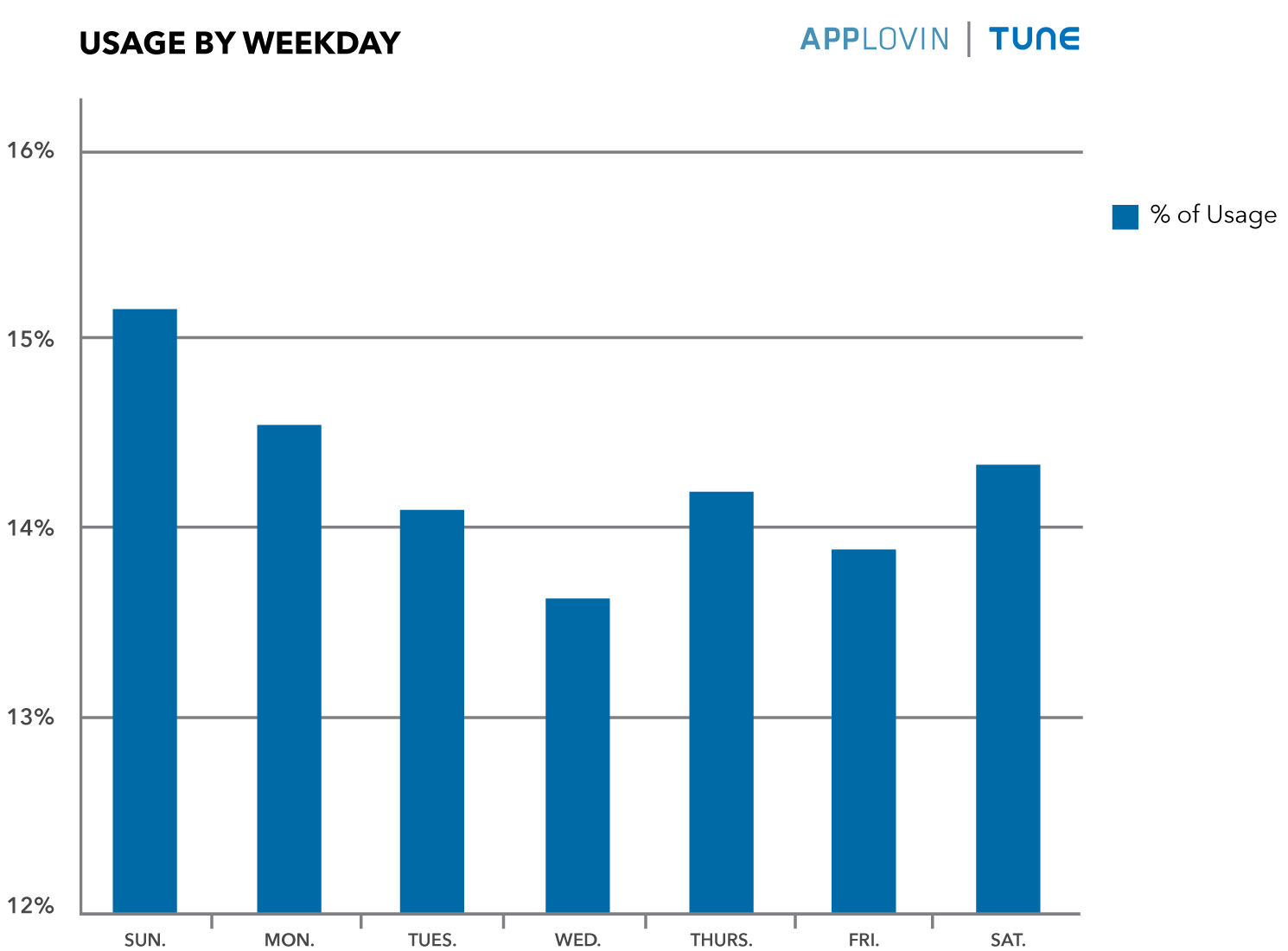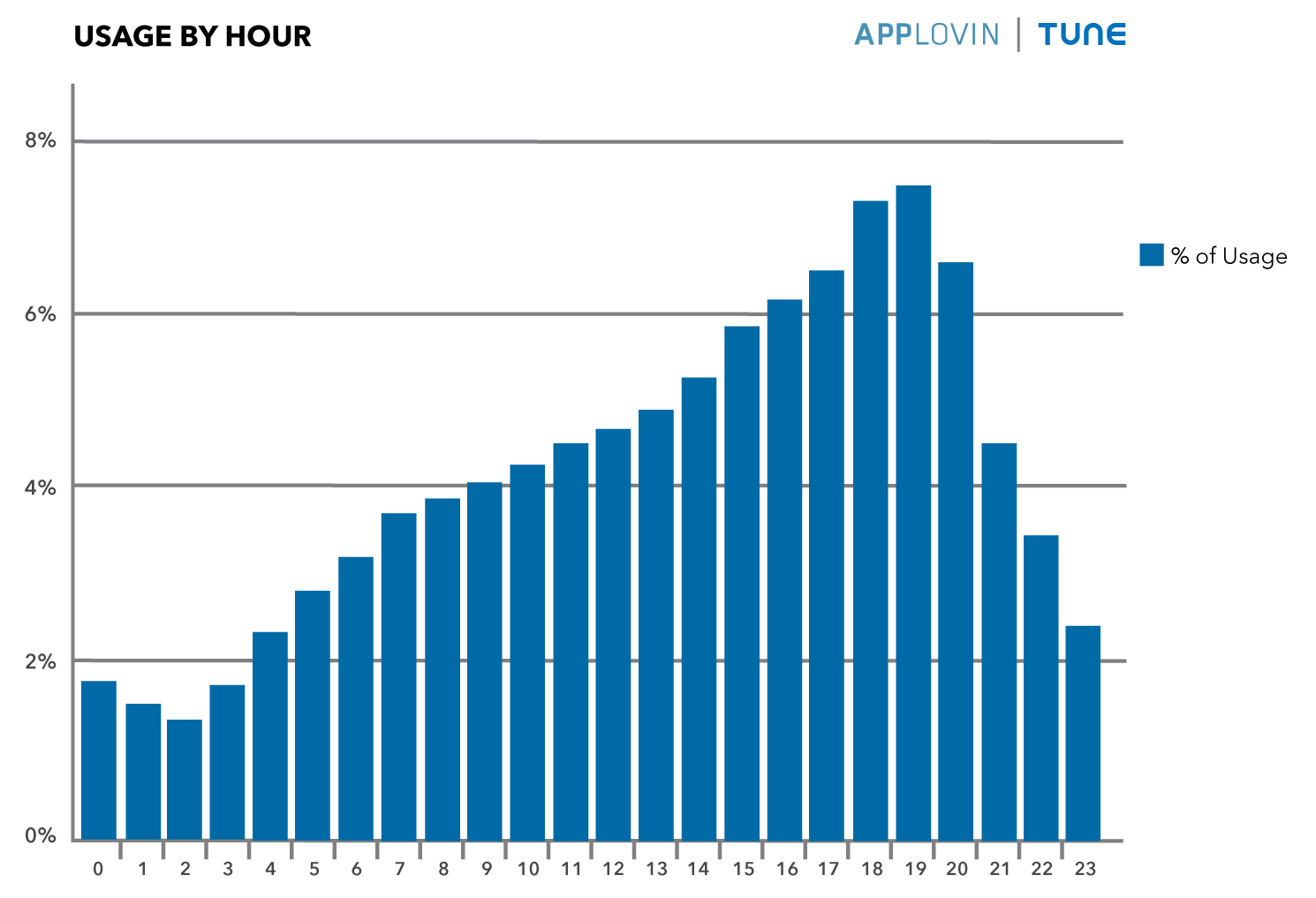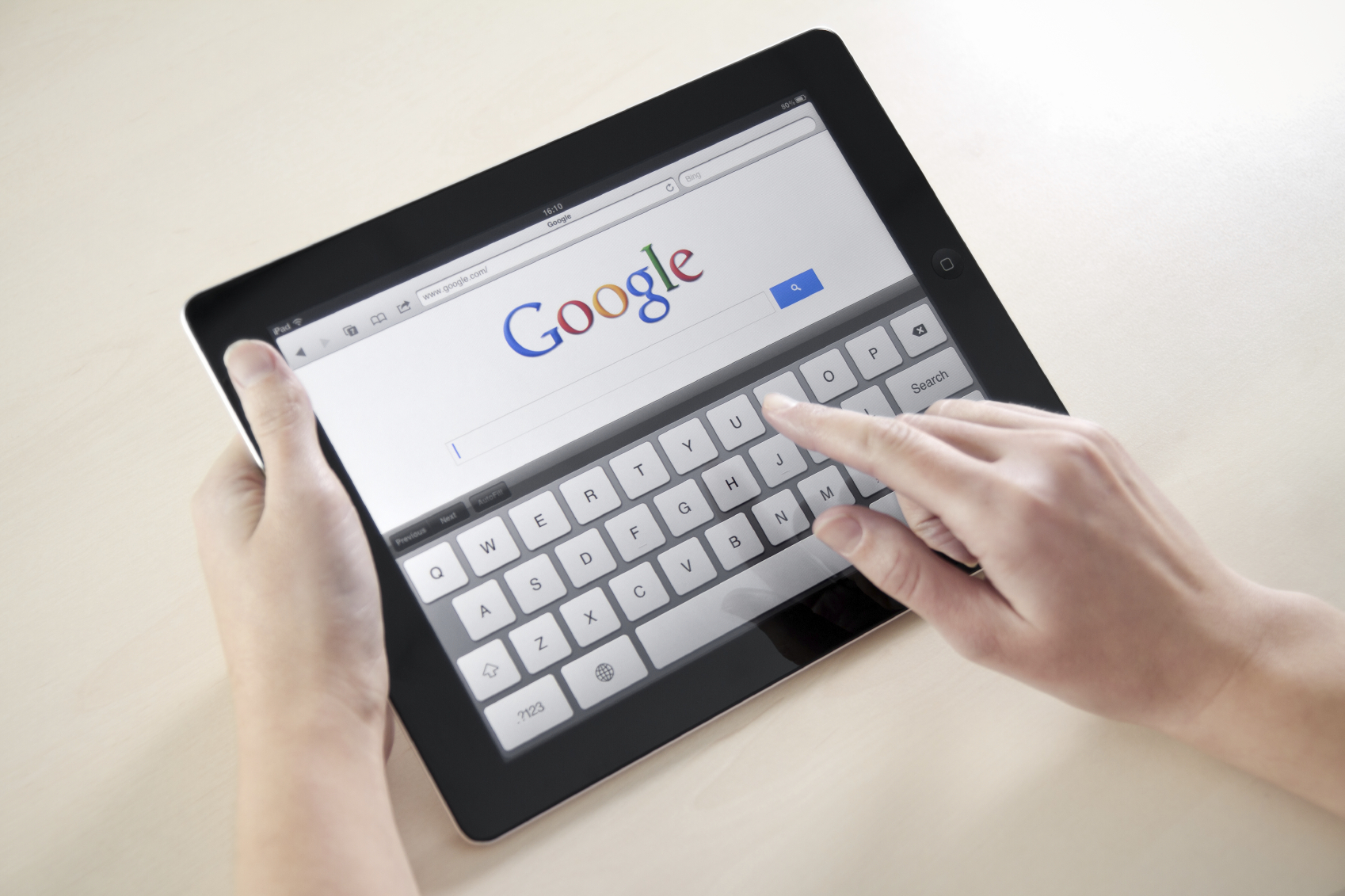Read original story on: TechCrunch
Following the roll-out of “buy buttons” last fall, Twitter continues to dive deeper into social ecommerce by testing a new feature that allows a “limited group of brand partners” to curate product pages and collections. The new pages will include related tweets and additional information about the products, as well as links to third-party destination sites that will help enable purchasing. Among early adopters, popular consumer electronics review site The Wirecutter stands out with a collection of travel gears. Other notable examples so far include a collection of Game of Thrones-related products, and a page of product recommendations from pop star Demi Lovato.
This new ad feature came right on the heels of Twitter’s announcement of its event-focused “Project Lightning” last week, and an underlying similarity between the two seems clear. Whereas the new “lighting” event page is looking to re-organize and curate disparate tweets to form real-time news coverage, this new “Product Page and Collection” feature aims to leverage editorial curating to create a browse-able shopping experience on Twitter. Whether or not this approach would actually further Twitter’s entry into ecommerce remains to be seen.
